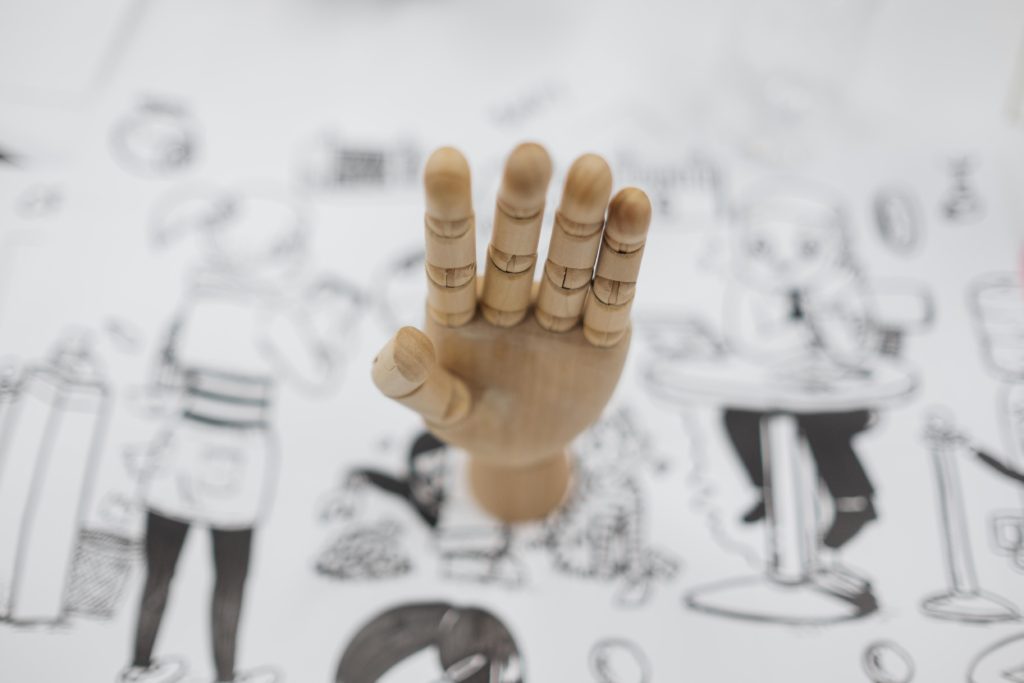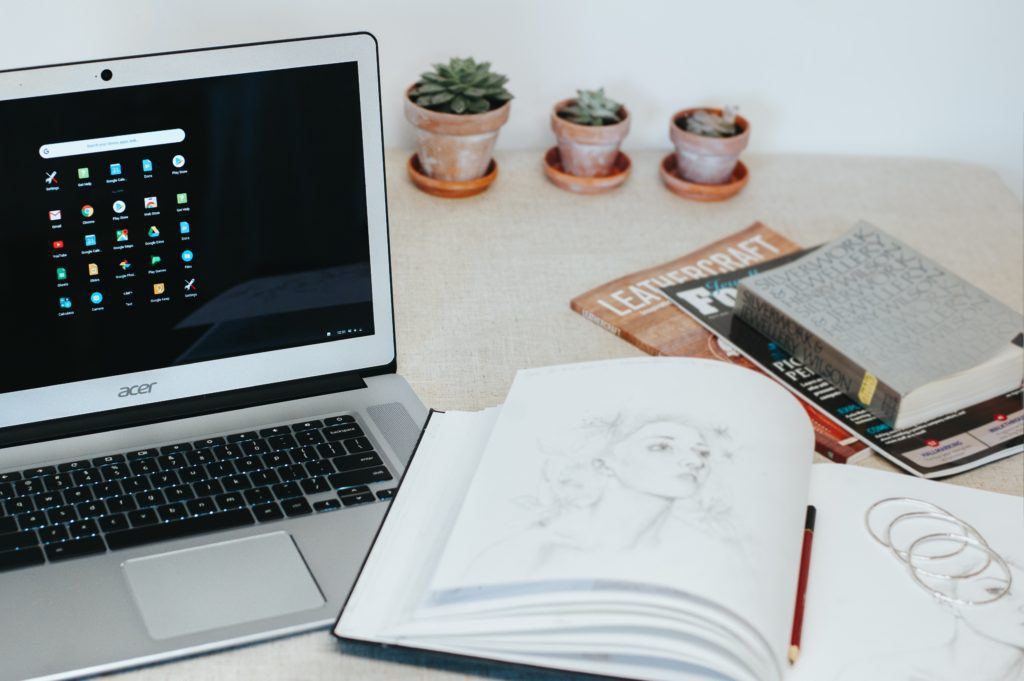Is Your Art Portfolio As Good as it Can Be?
Are you heading into your junior or senior year of high school?
If so, now is the time to focus on developing your art portfolio. All too often students put off developing their portfolio, usually ending in a few stressful months as you hurry to get everything together.
If you’re considering applying to an art school, or even minoring in art, you’ll want to have a portfolio. While art portfolio requirements vary from college to college there are a lot of common requirements that you can be sure to check off of your list.
Your portfolio should consist of 10-15 recent, original pieces that demonstrate your interests and abilities. You also want to be sure to work in a range of mediums and explore a variety of subject matter. (* original means that the work shouldn’t be copied, and of course it should be created by you and you alone. )
If you’re like most teenagers, you probably avoid drawing from observation. It’s time to stop avoiding and start drawing, as you should have at least 3 drawings from direct observation in your portfolio.
What’s that mean?
Direct observation means that you sat down, looked directly at the real object, and drew it. That means no photographs, and yes, the people looking at your artwork can tell the difference.
Taking an AP Art class is a great way to push your work to the next level while also developing your portfolio.

What does it mean to explore media? It means that you should work with a variety of the things listed below.
- Drawing
- Portraits
- Still Life
- Landscape
- Figure Studies
- Two-Dimensional Design
- Paintings
- Photography ( darkroom or digital)
- Printmaking
- Illustrations
- Graphic Design
- Design Studies that explore elements of line, color, value, shape, texture
- Three-Dimensional Design
- Sculpture
- Ceramics
- Metals & Jewelry
- Woodworking
- Installation
- Digital & Time-Based Work
- Animations
- Video
- Games
- Websites
- Storyboards
- Sketchbooks
- Concepts
- Character Designs
- Journals
- Sketches
- Experimentation with Techniques
How to put your portfolio together:
- Include only your strongest, most recent work.
- Demonstrate problem-solving ( Your pieces shouldn’t look like class projects. You should be able to write down what problem you were trying to solve/ address through creating the piece)
- Demonstrate decision making,
- Showcase originality of ideas.
- Organize – Develop an order to your presentation that makes sense and has a logical flow. ( Think about it like your portfolio is a book, what story are you telling and what order does it need to be told?)
- Artist Statement: your artist statement is the written story of your artwork. What inspired you? Why did you create what you created? Who are you, and how does that influence your work?
Photographing your work:
- If possible, take photos outside in natural light
- If indoors, be sure that the space is well lit, and set the white balance on your camera
- photograph work on a solid white background
- be sure that there is nothing in the photo, other than the work of art
- edit your photos to be sure that you have the best exposure and cropping
- you will need to check with the school to see what their final submission process is
Find out more about taking an AP Art Class ONINE
